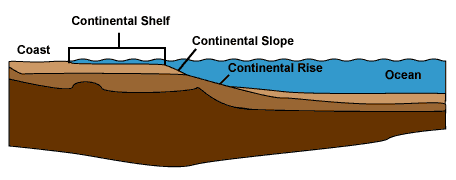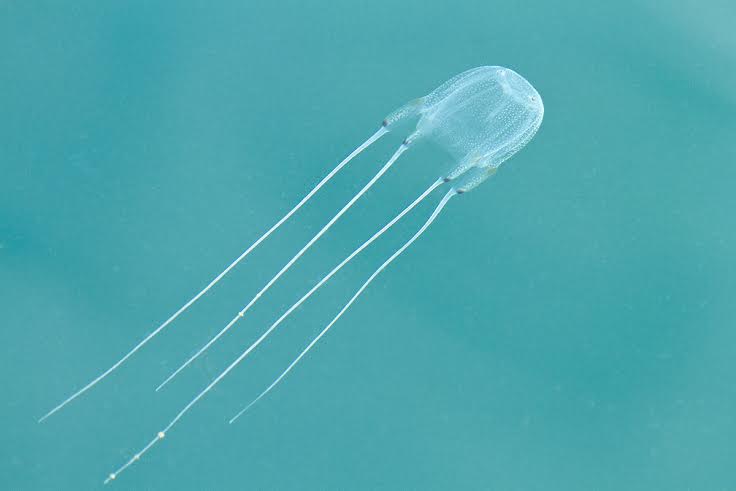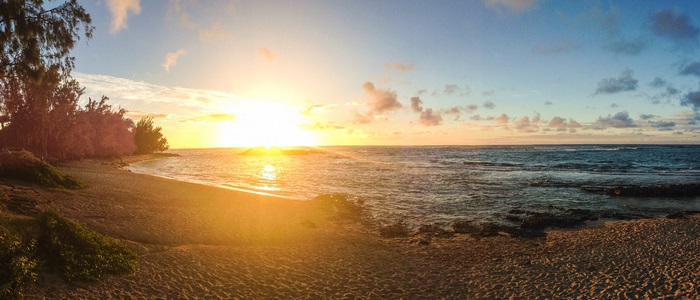Habitat and Geography
Originally,
this Hawaiian Box Jellyfish also called
Carybdea alata, was
only believed to live in the Atlantic Ocean.
Now these species have been found in more specific areas
of the Atlantic Ocean, and in some cases they have been found in
Indo-Pacific (Lewis et al. 2013).
Later research finds that these species are distributed
widely in the tropics of the Atlantic, Pacific and Inidian
Oceans (Nagai et al. 2000).
They are distributed in many different areas in the
saltwater tropics such as the Caribbean, Australia, and off of
the shore of Hawaii.
These Hawaiian Box Jellyfish have been found to live at or
close to the continental shelf’s edge and few times have been
seen in greater depths of the ocean (Bentlage et al. 2009). 
Extensive research has been done specifically in Hawaii off of
the shores of Waikiki Beach.
The ninth or tenth day after a full moon a large invasion of
these species swarm the shores.
The believed reason as to why this happens is for the Hawaiian
Box Jellyfish's
feeding. When this massive
invasion happens it brings about a public health concern and a danger
for tourism in the area. These species have a toxic and painful sting
which is why a massive amount of themare dangerous (Nagai et al. 2000).
These animals are used to living in warmer temperatures around
24-26 degrees Celcius.
Obviously because they live in the tropics and the ocean, they need salt
water to survive. A healthy
salinity level range for their ideal environment is around 33-36 psu but
the Carybdea alata can
survive in levels as low as 13 psu (Lewis and Long, 2005).

There are many other organisms that live in these types of
habitats as well. The ocean
is huge and any marine animal that requires salt water to survive,
requires warmer temperatures and spends most of their time near the
continental shelf's edge are living in the same type of environment as
this Hawaiian Box Jellyfish.
For example, some of these animals the
Carybdea alata might
encounter would be the sea turtle, crabs and butterfish (Marsh et al.
2010).
<<<Classification Home Form and Function>>>
